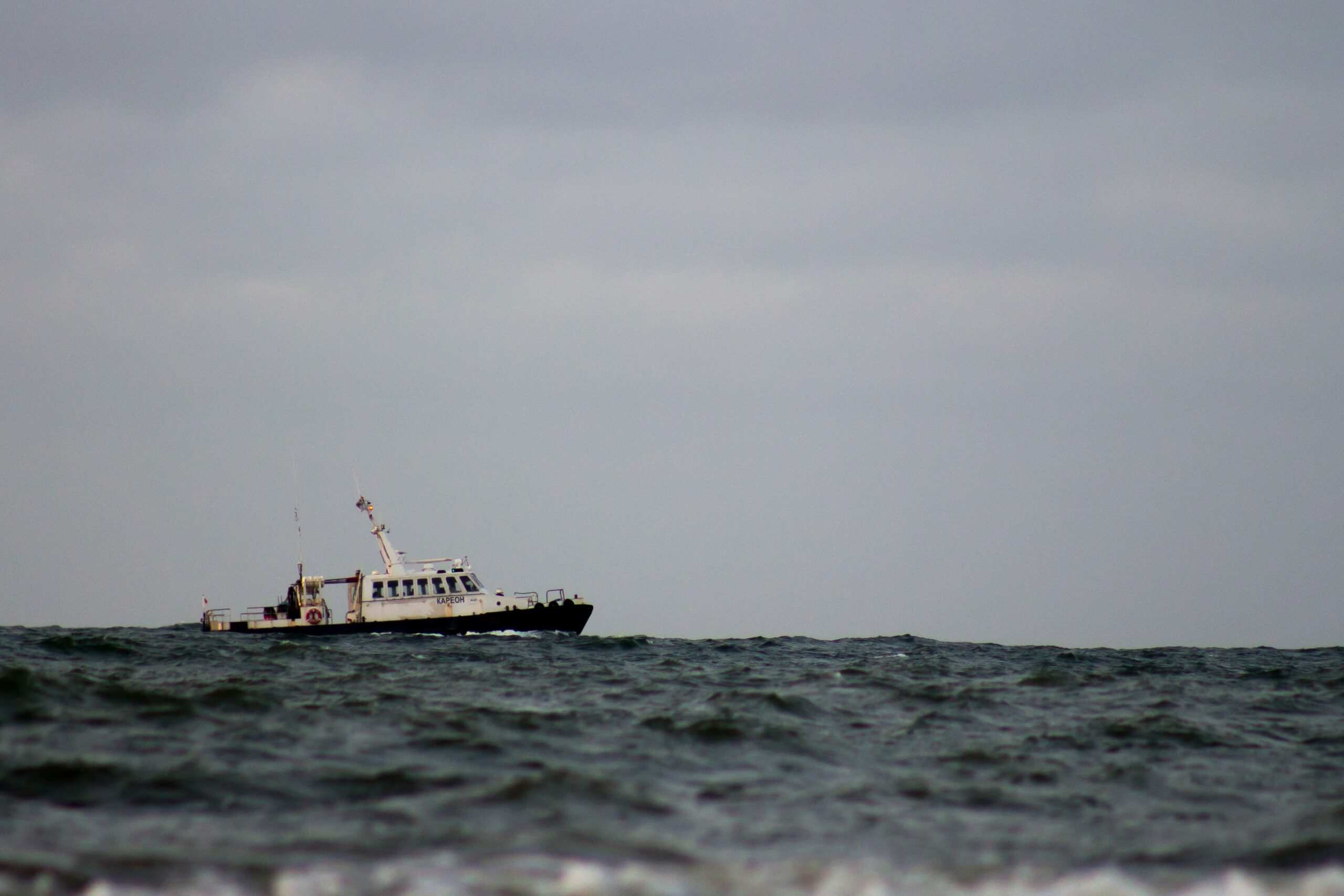Reporting on Climate-Driven Migration: A Brief Guide
Climate change is already forcing people to move, and current responses are worsening the problem – we can and must act now.
Climate change is already forcing people to move, and current responses are worsening the problem – we can and must act now.
Climate-linked displacement is a current problem, not a future one
- From extreme weather in Central America, to wildfires in North America, flooding across Europe and Asia, and drought in Africa, climate consequences are already forcing people to move, destroying infrastructure and livelihoods, threatening food security, and fuelling resource-linked conflicts.
- As with all climate impacts, people who have contributed least to climate change are most under-resourced to respond. However, climate-linked displacement is also rapidly rising even within the wealthiest countries.
- In order to prevent more people having to move to find safety, we need to reduce emissions in order to curb global heating, but this alone is not enough. Wealthy nations need to honour their commitments to adaptation financing and supporting countries that face dire impacts and irreversible loss and damage from climate change.
- It is unknown how many people will be driven from their homes by climate impacts over the next decade. Without a shared methodology and set of solutions, large estimates serve to stoke fear, rather than engender real climate action. However, we do know that people are being forced to flee their homes today, and that climate change exacerbates displacement.
Displaced people should be supported, not treated as a threat
- Climate consequences cannot be stopped with walls and weapons. Climate change is the real global threat, not the people who are harmed by the impacts. People fleeing extreme weather conditions is a global humanitarian challenge and all nations share an interest in developing humanitarian solutions.
- Treating displacement as a security threat plays into the hands of nationalist groups and companies that stand to profit from human rights abuses. The global push to arm and expand borders is causing deaths and untold misery, forestalling real climate solutions, and will have implications for all of society.
- Human migration is a well-understood adaptation to climate change. We need to treat it as such — as a solution — and stop treating migrants as a threat, when fossil fuel companies and the associated border and surveillance industry are the real threat to humanity.
Climate action and climate justice must include tackling displacement
- Any global climate adaptation strategy must include tackling displacement. This must include both action to enable people to stay in their homes and prevent displacement, and to move in dignity and safety where they decide it is necessary. It must capture a wide range of scenarios, from temporary relocation in the aftermath of sudden-onset disasters, to responses for the long-term degradation of environments and livelihoods.
- Both global powers and poorer countries will face internal climate-linked displacement. We need significant improvements to disaster relief and long-term work to prevent and manage internal displacement. At the same time, making sure people have access to safe migration pathways will protect migrant agency and dignity.
- The solutions to displacement already exist, as do the legal and moral basis for practical agreements between governments. We need urgent international action to end the current destructive chaos, prioritize these existing solutions, and implement systems that tackle climate change while preserving human life and dignity.





